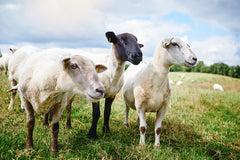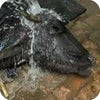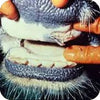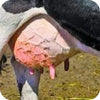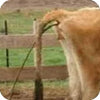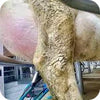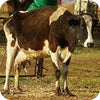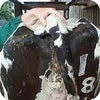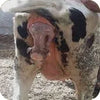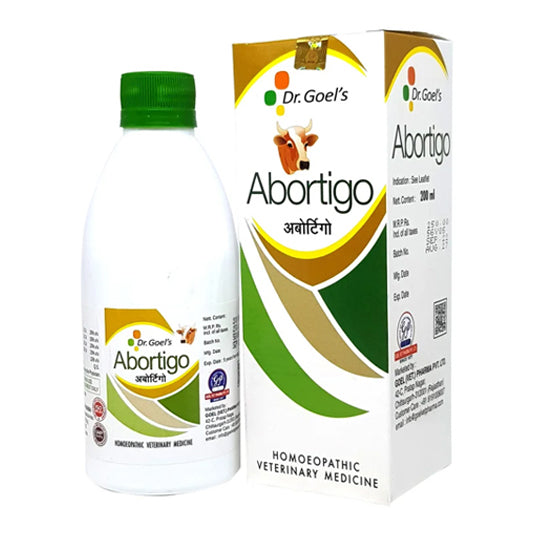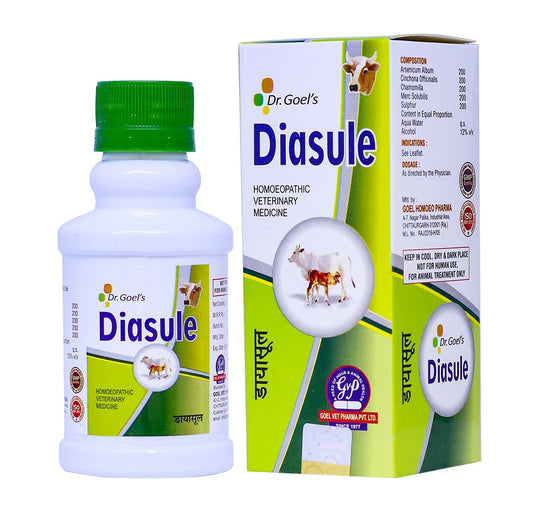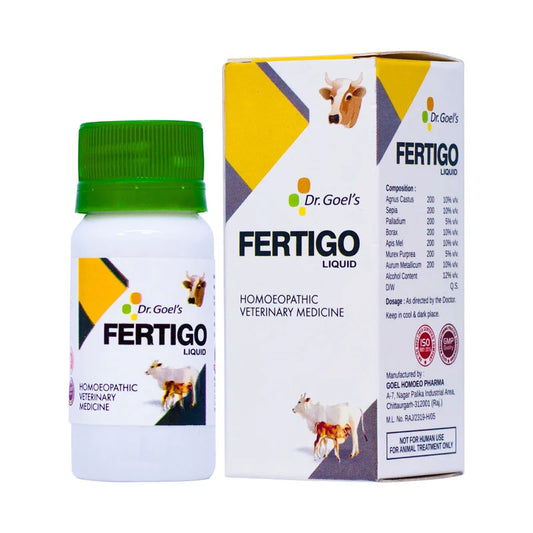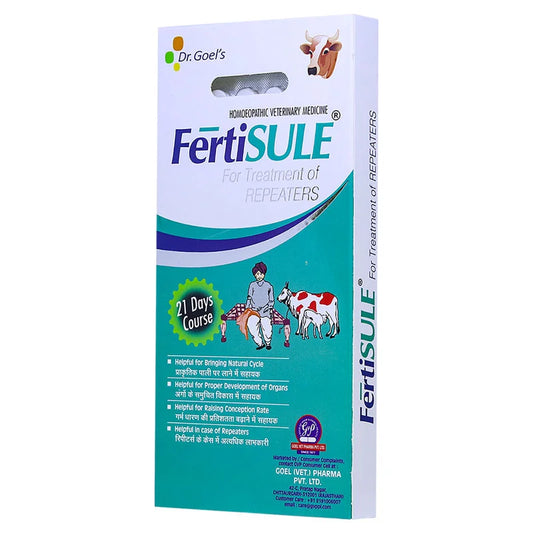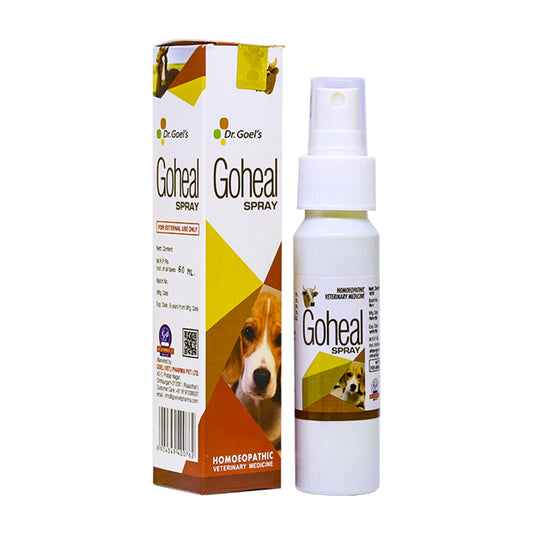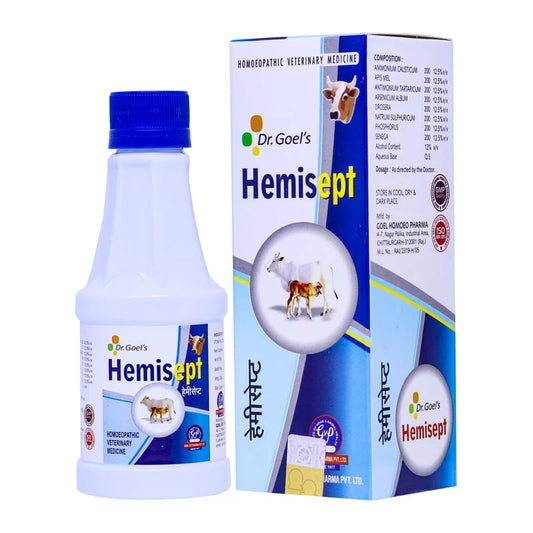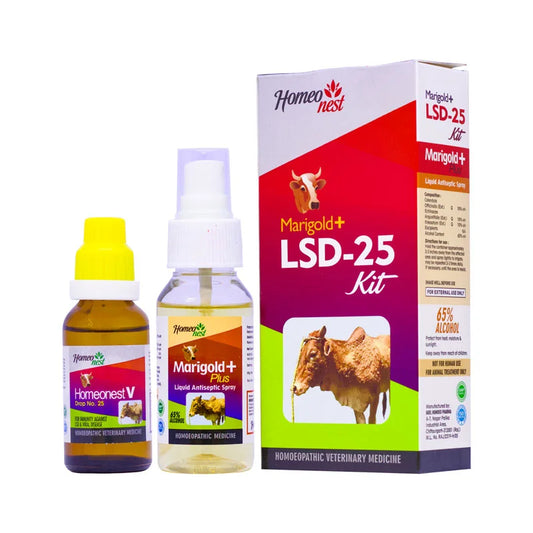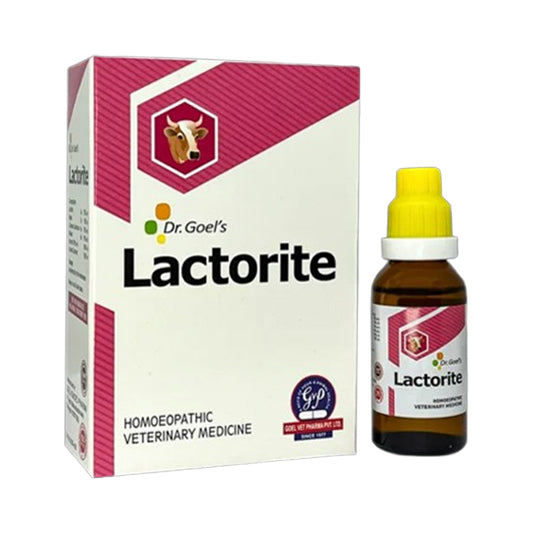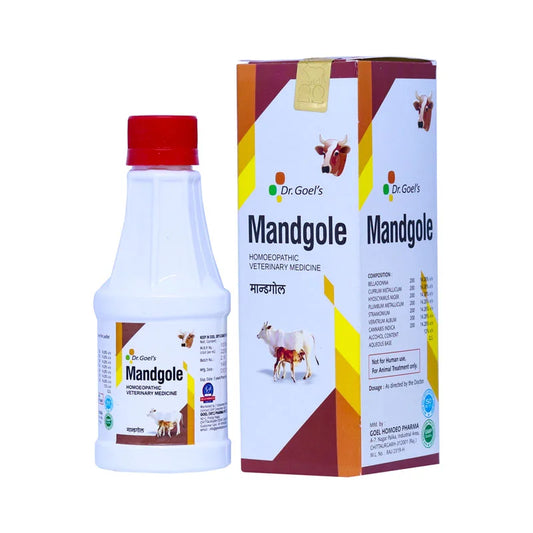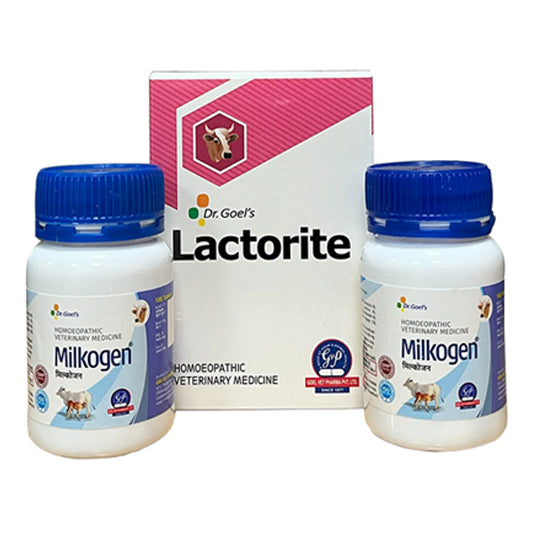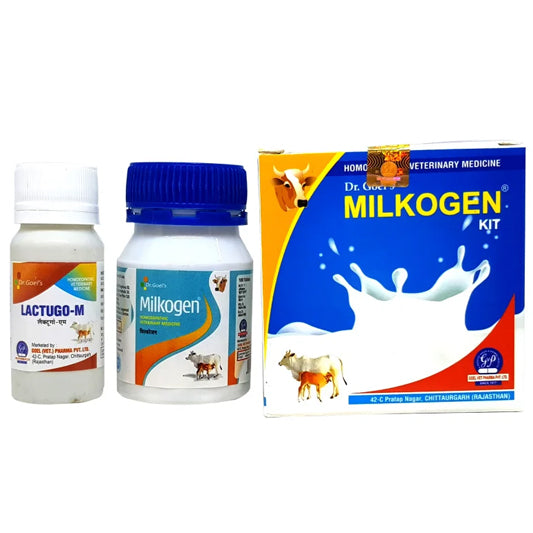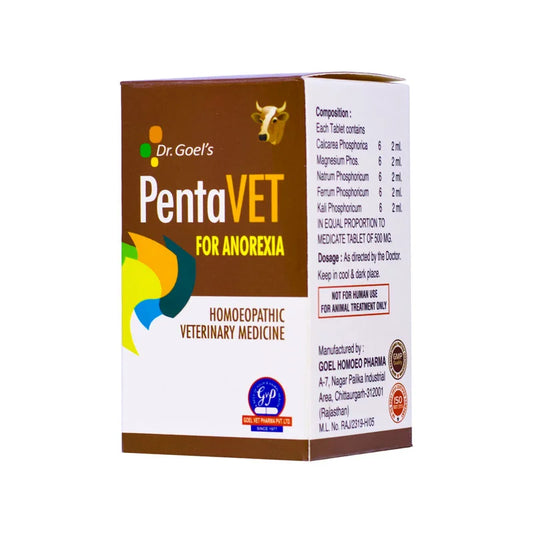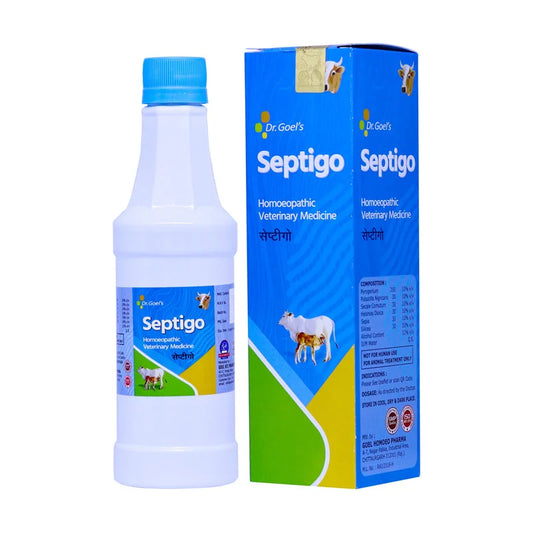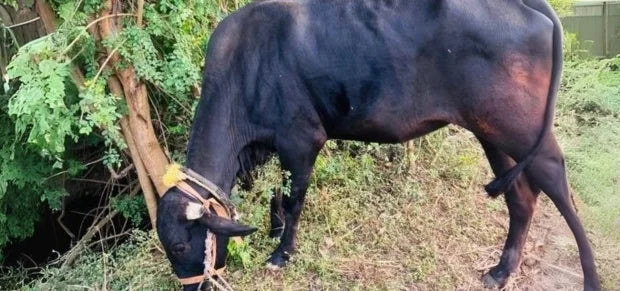
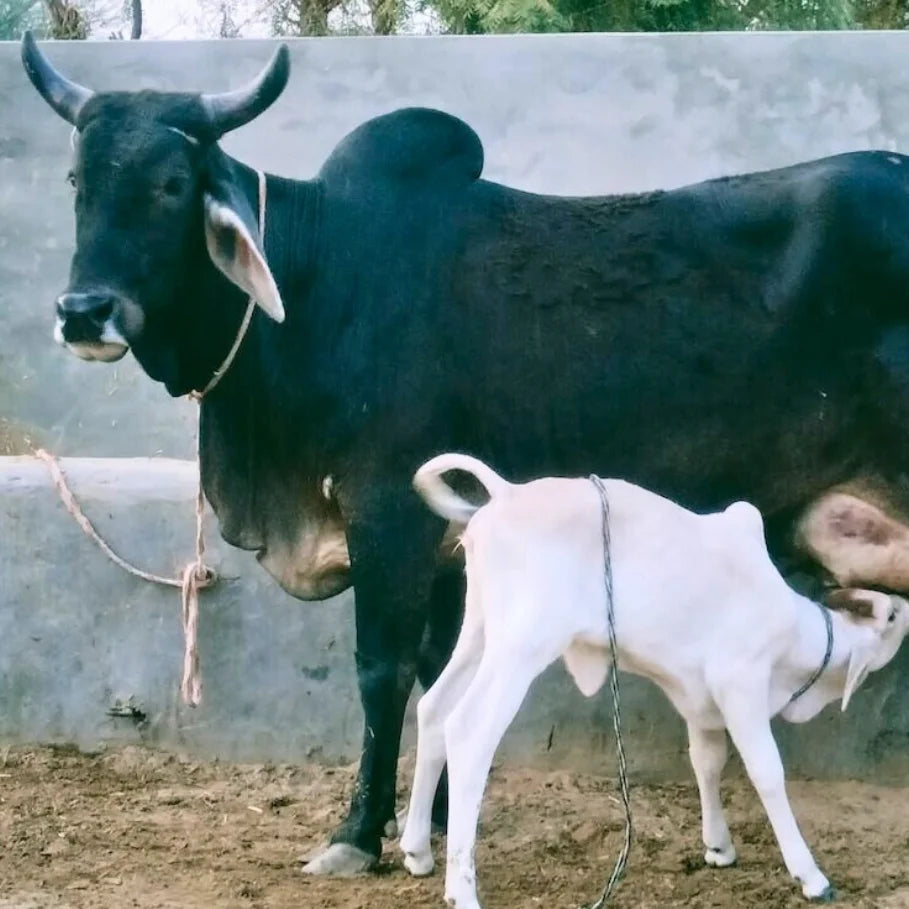
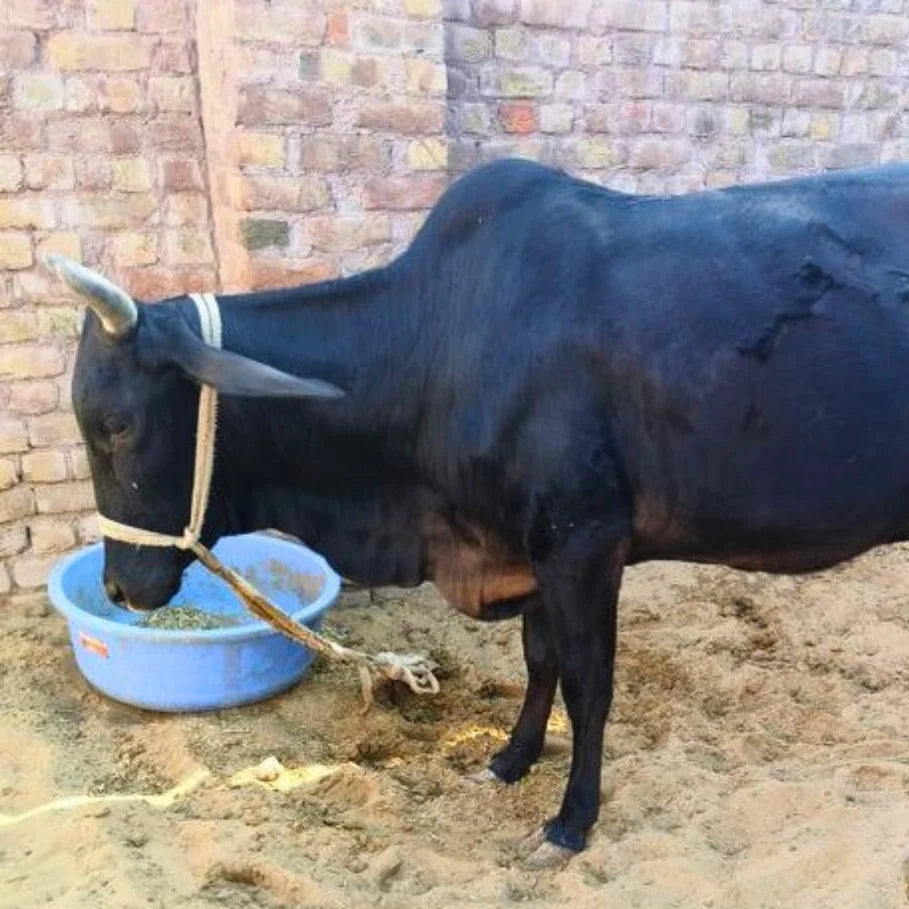
Malvi Cow
| Lifespan Malvi cows typically have a lifespanranging from 12 to 15 years, contingent upon factors such as nutrition,healthcare, and overall management practices. |
Origin The Malvi breed hails from the Malwaplateau in western Madhya Pradesh, central India. Its distribution extendsinto parts of Rajasthan, particularly the Jhalawar district. |
| Temperature Adaptability Malvi cattle are well-adapted to the tropical climate of central India. They thrive in regions with hot temperatures and have developed resilience to the local environmental conditions. |
Weight Cows: Approximately 400 to 425 kg. Bulls: Approximately 500 to 525 kg. |
| Colors The breed predominantly exhibits a white or light gray coat. Males often display darker shades, especially around the neck, shoulders, hump, and quarters. |
-- |
About the Breed
Malvi cattle are characterized by their short, deep, and compact bodies. Notable features include:
- Head: Short with a dished forehead.
- Horns: Strong and pointed, emerging from the outer angles of the poll and curving outward and upward.
- Ears: Short, alert, and not drooping.
- Legs: Powerful yet short, with strong black hooves.
- Dewlap: Well-developed.
- Tail: Moderate length with a black switch reaching the fetlock.
Primarily esteemed for their draught capabilities, Malvi bullocks are renowned for their strength, endurance, and agility, making them invaluable for agricultural tasks and transportation.
Milk Production
While primarily a draught breed, Malvi cows have a modest milk yield, averaging between 2,000 to 2,700 pounds per lactation. The milk is typically used for household consumption rather than commercial dairy production.
Common Problems in Malvi Cows
Despite their hardiness, Malvi cows can encounter certain health challenges:
Parasitic Infestations
Susceptibility to internal and external parasites, including ticks and worms.
Nutritional Deficiencies
Inadequate nutrition can lead to deficiencies affecting overall health and productivity.
Reproductive Disorders
Issues such as infertility or calving difficulties may arise, particularly without proper management.




